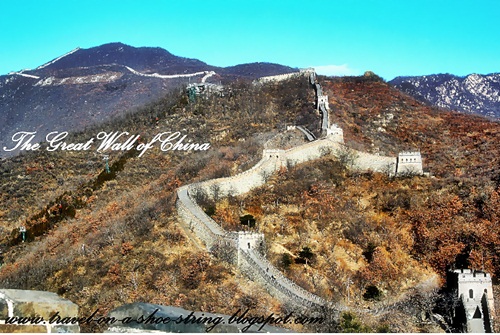
The United Nations declared way back in 2010, that access to safe and clean drinking water is a human right which is essential to the full enjoyment of life and all other human rights.
In the age of Wifi connections, the Philippines, does not even target 100 percent access to safe drinking water. The commitment is merely to halve the number of those without access by 2015, aiming only for an access rate of 86.5%.
The answer was by adopting the theory behind the Sea Water Desalination Machine.
Drinking seawater straight is a bad idea. You may think you have expelled the salt by urinating but you are actually losing more water than salt. Seawater contains roughly 130 grams of salt per gallon. With desalination, this technology can reduce salt levels to below 2 grams per gallon, which is the limit for safe human consumption.
It is a good thing that Solerex Water Technologies, a recognized leader in the Reverse Osmosis Technology in the Philippines where it has the largest base than any entity, comes up with an Environment-friendly and Economic Approach to Desalination.
It is a local firm that has been responsible for the design, full or partial fabrication, erection and/or assembly of the majority of the seawater reverse osmosis desalination plants currently installed in the country today.
With water fast becoming almost like liquid gold, especially in drought-prone regions like coastal areas with growing populations, an obvious solution is to take the salt out of seawater. After all, desalination technology has been around for thousands of years already.
Tantalizing as desalinated water sounds, the energy costs in producing fresh drinking water out of seawater have made it rather unpalatable—until now.
"Until recently, seawater desalination was a very expensive water source solution," said Jose Antonio Soler, president of Solerex Water Tecnologies, Inc.
Currently, between 10 to 13 billion gallons of water are desalinated worldwide per day. That's only about 0.2 percent of global water consumption, but the number is increasing.
Aristotle's efforts
Though Greek philosopher Aristotle envisioned the idea of removing salt from seawater through the use of “filters” arranged consecutively, he was not the first one to do it. The first duly recorded desalination practice was done by collecting freshwater steam out of boiling seawater. Sailors back in around 200 A.D. practiced desalination through the use of simple boilers in their ships. It was that simple.
However, in today’s environment, desalination on a large scale has become unbelievably expensive because of energy requirements. This meant that only countries rich in oil but lack enough water supply are those that can afford “thermal desalination.”
But advancements in technology saw researchers working on filters to take out the salt from seawater, just like how Aristotle saw it. The technology, which employs the use of “membranes,” now called “reverse osmosis,” needs a smaller amount of energy and costs around half the price of current saltwater distillation techniques used today.
Energy is the key
But even with membranes, large amounts of energy are needed to generate the high pressure that forces the water through the filter. In the 80's and 90's, the technology required about 14 kilowatt-hours of energy to produce 1,000 liters per cubic meter of desalinated seawater. However strides in energy recovery have decreased the energy requirement from 4.8-5.5 kilowatt-hours to 2.5-2.75 kilowatt-hours to produce 1,000 liters of desalinated seawater.
An island resort development, Balesin in Quezon province is currently enjoying the savings from installing the new generation Solerex Desalination Units introduced by Solerex Water Technologies whose water brand, Crystal Clear, is the leader in the home and office water delivery market. “All our Desalination Units now are equipped with PX Pressure Exchanger, an energy recovery device that basically recycles pressurized water that does not pass through the RO filters back into the high pressure loops at a 98% efficiency, reducing the amount of energy required by 60 percent,” shares Soler.
Hotels, resorts and communities that rely on producing their own water will benefit from the maximum savings and reliability as the energy recovery unit is built to last a lifetime – of no less than 25 years. “As a result the PX technology offers the best economic solution to all stakeholders,” Soler adds.
For more about Crystal Clear and Solerex Water Technologies, Inc., visit www.crystalclear.com.ph or www.solerex.com.ph









1 comments:
A growing percentage of the globe's inhabitants are reliant on Sea water Desalination as a source of fresh water for both safe and clean and municipal use. One of the main disadvantages of conventional desalination technology is the significant power need, which is experiencing cost increases in the international power market. Industrial Desalination and Water Reuse
Post a Comment